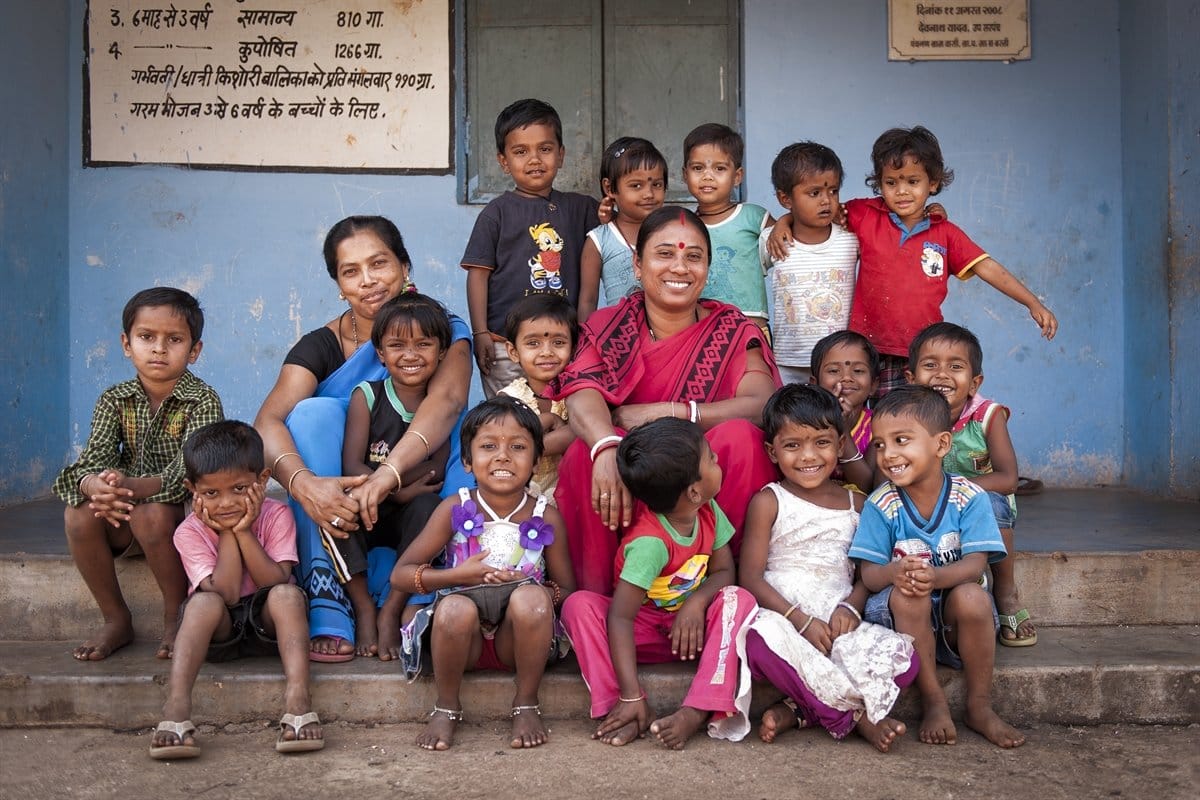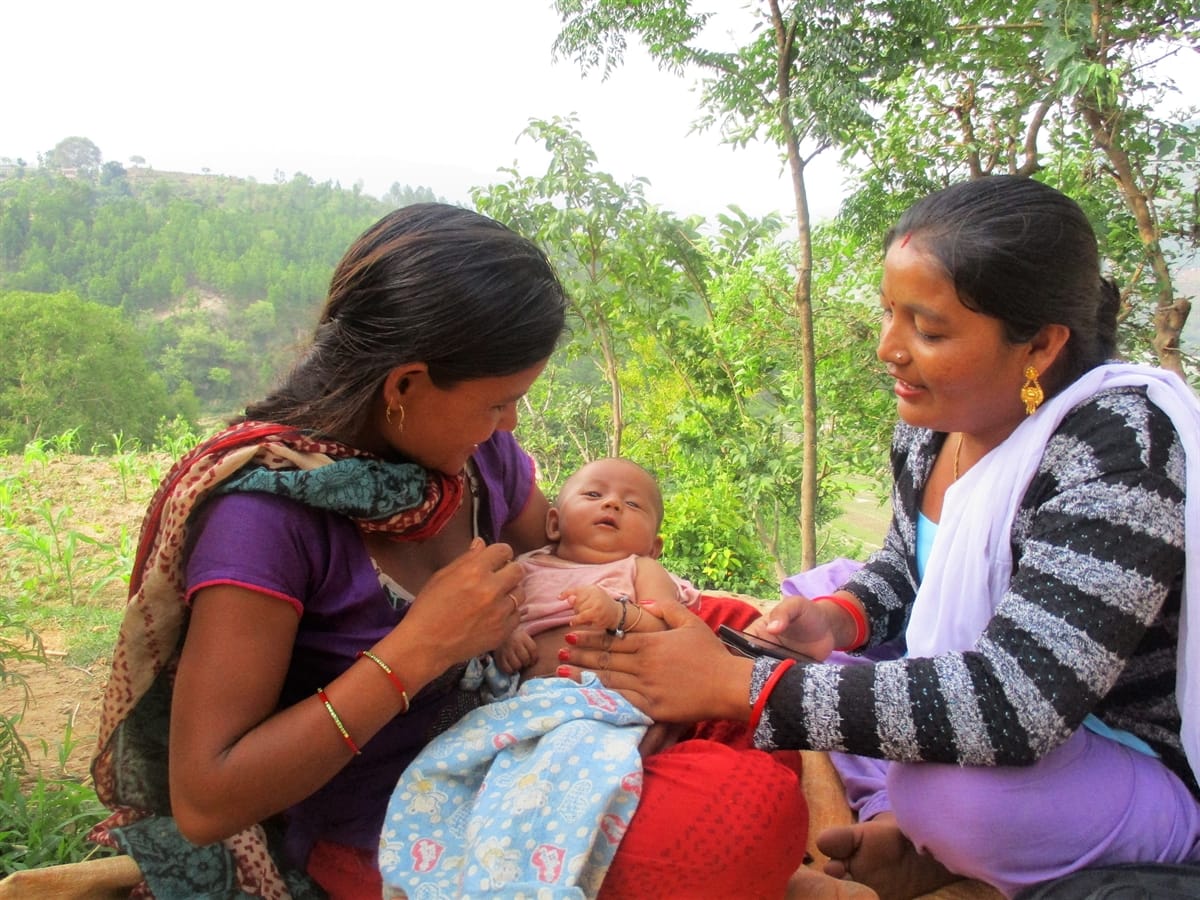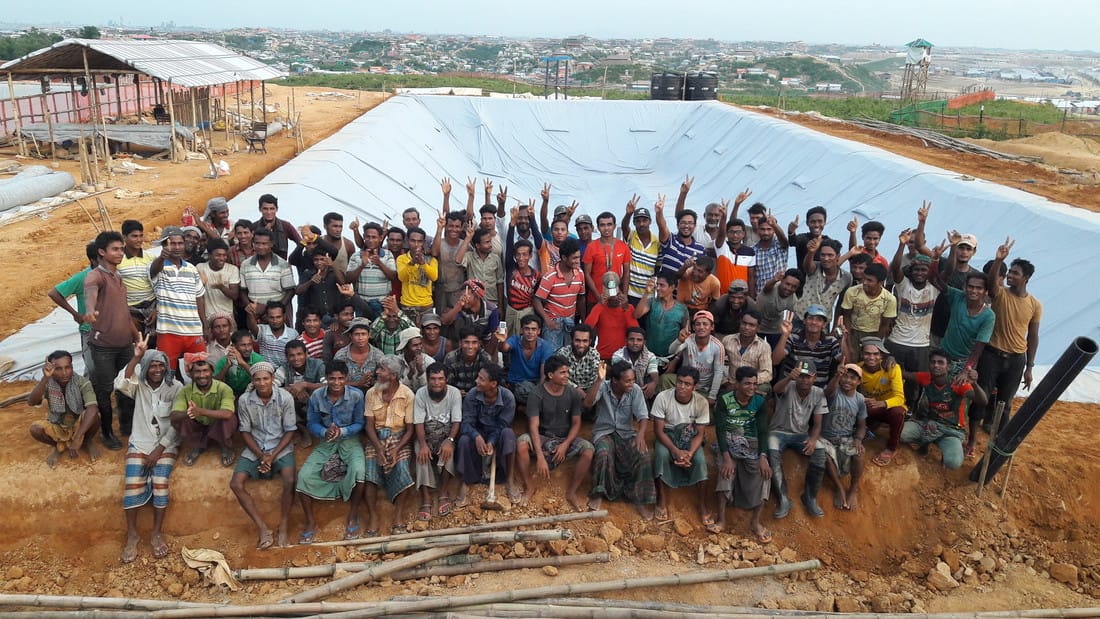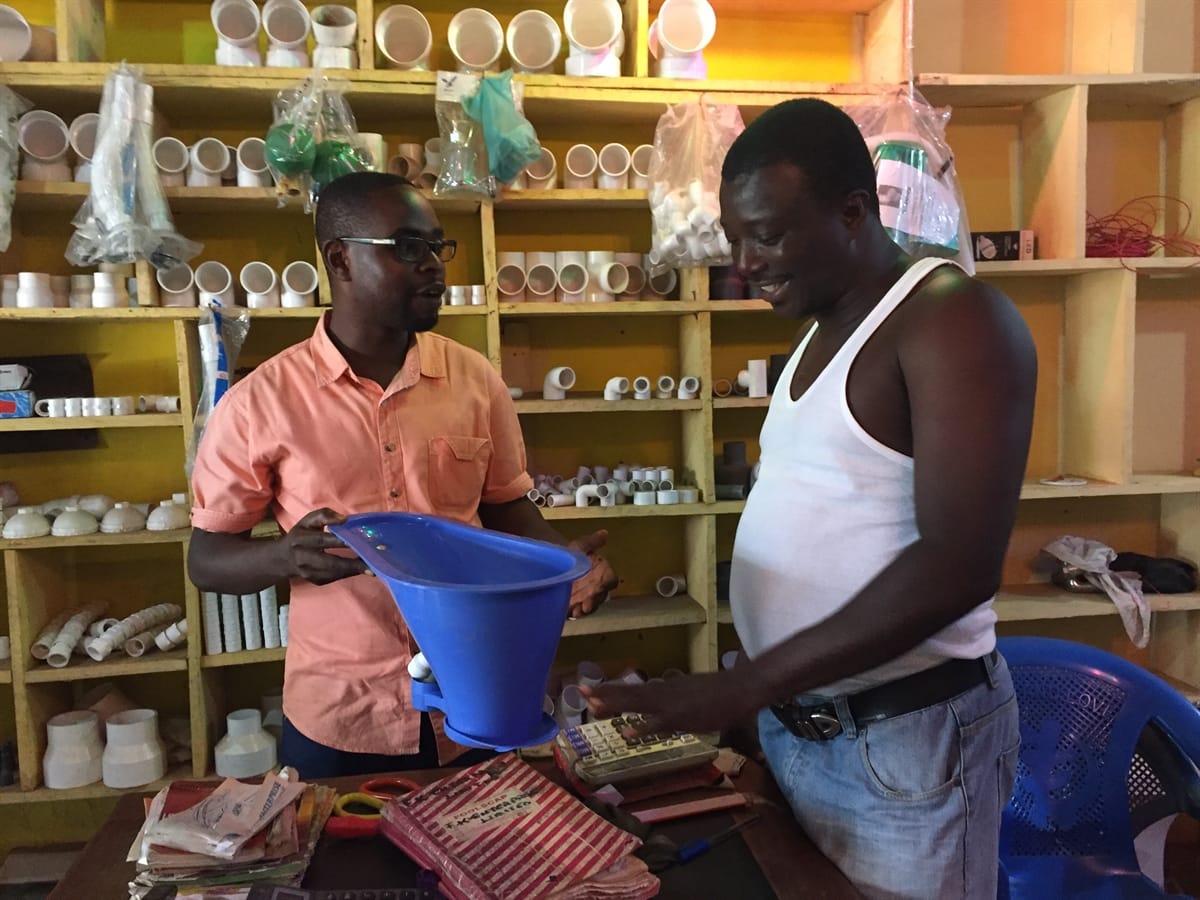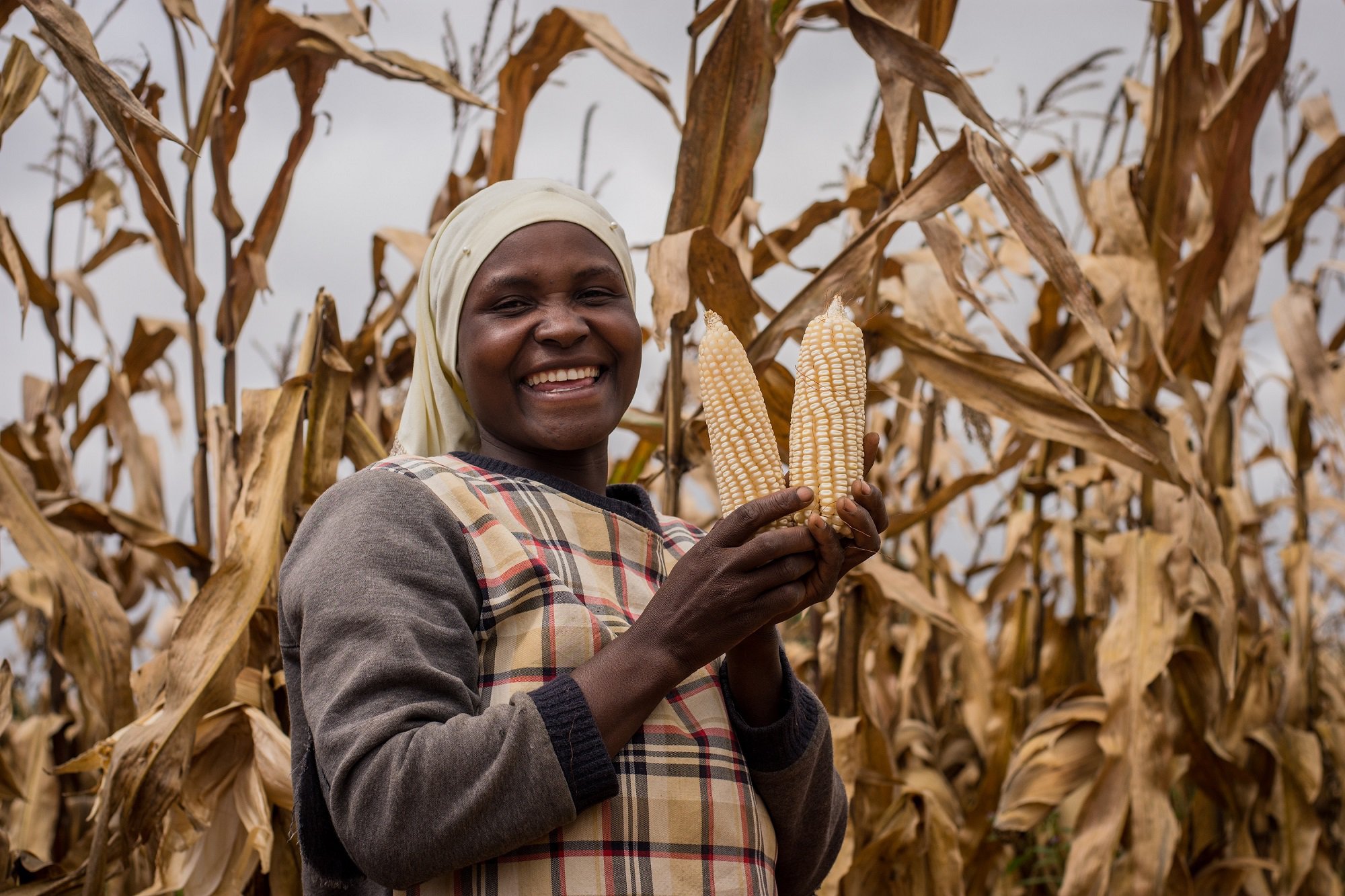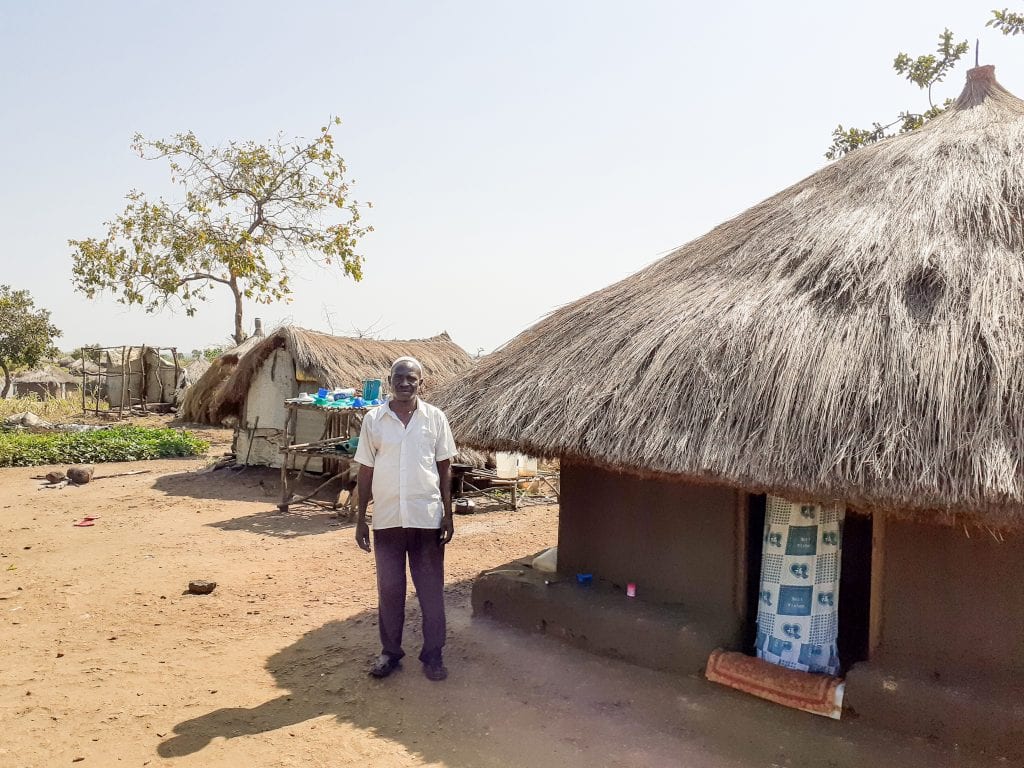For Universal Children’s Day, take action by reading about and supporting charities that are proven to save lives for pennies per child. Let’s give children who had the misfortune to be born into lives of poverty what we want for all of our kids: a chance to survive and thrive.
According to the World Health Organization, “In 2018 an estimated 6.2 million children and adolescents under the age of 15 years died, mostly from preventable causes. Of these deaths, 5.3 million occurred in the first 5 years, with almost half of these in the first month of life.”
While all of TLYCS’s recommended charities provide interventions that dramatically improve health and opportunities for children, fully half of them are particularly focused on this especially vulnerable segment of the global poor, providing affordable interventions such as adequate nutrition, safe water and food, health awareness, appropriate care by a trained health provider, and protection from disease via physical or medicinal means.
Malaria
Malaria is one of the leading causes of child mortality in Africa. A child dies from malaria every two minutes. Even when non-fatal, malaria can damage children’s cognitive development. Pregnant women are also highly vulnerable, with the health of both mother and unborn child at risk. When children do not contract malaria, not only is their own health protected, but the transmission pool is reduced, which helps the whole community.
Against Malaria Foundation (AMF) provides long-lasting anti-malarial nets that protect children while they sleep. Each $2 net protects 2 people for up to 3 years. The World Health Organization (WHO) says that “insecticide-treated mosquito nets are currently the only viable option to prevent malaria transmission in large parts of Africa. Insecticide-treated nets have been shown to reduce the death of children under 5 years from all causes by about 20%.
Malaria Consortium’s seasonal malaria chemoprevention (SMC) provides another highly effective way to protect young children from malaria. SMC consists of prophylactic oral treatments administered during the period of greatest risk, which typically coincides with the rainy season. Since 2012, the World Health Organization (WHO) has recommended SMC for children aged 3–59 months living in areas of high seasonal malaria transmission in the Sahel subregion of Africa. SMC, costing under $5 per child per season, has been proven to reduce approximately 75% of all malaria episodes and 75% of severe malaria cases for children in this age group.
Micronutrients & Hidden Hunger
Nearly half of all under-five deaths in the world are due to malnutrition. The numbers are staggering: 3 million children under five years of age die each year from undernutrition—or over 8,200 deaths per day. Malnutrition is not just a matter of lack of food; it is often an issue of “Hidden Hunger”—lack of the nutrients needed to survive and thrive. Micronutrient malnutrition is the leading preventable cause of intellectual and developmental disabilities in the world and can also lead to blindness, miscarriage, maternal death during childbirth and compromised immune systems. All of these issues perpetuate the poverty trap, resulting in expenses and inability to attend school or work.
Several of The Life You Can Save’s recommended charities are global leaders at proving food fortification, which is one of the least expensive solutions to malnutrition and thus a solution to many of the diseases and conditions associated with extreme poverty.
Project Healthy Children/Sanku has created an innovative, award-winning dosifier machine and technology, and a successful bag-based business model, that together are proving rapidly scaleable in achieving wide micronutrient coverage in areas where hidden hunger is a significant threat. The result: staple foods are fortified with essential micronutrients such as iron, folic acid and iodine. PHC’s food fortification programs benefit more than 55 million people for about 26 cents per person per year, and they are on track to reach more than 100 million people by 2025.
Helen Keller International’s Vitamin A Supplementation program provides mass distributions of vitamin A supplements to children under five. Vitamin A supplementation protects children again vitamin A deficiency (VAD), a simple yet devastating health problem. A strong base of evidence links vitamin A deficiency to blindness, severe illness and death and that improving the vitamin A status of deficient children aged 6-59 months dramatically increases their chances of survival by reducing all-cause mortality by 23%; reducing measles mortality by 50% and reducing diarrheal disease mortality by 33%. Each supplement costs about US$1.35 to deliver.
Iodine deficiency is the leading preventable cause of preventable mental impairment in the world. Fortunately, iodine deficiency can be prevented easily and affordably by adding a small amount of iodine to the salt that people consume. The Copenhagen Consensus recognizes iodization of salt to eliminate iodine deficiency as one of the best investment strategies in international development. GiveWell notes that “There is strong evidence that salt iodization programs have a significant, positive effect on children’s cognitive development and do so cost-effectively.” Much progress has been made and today, 86 percent of the global population has access to iodized salt, with only 19 countries not meeting population iodine nutrition need. Two of TLYCS’s recommended charities are global leaders in promoting and enabling successful iodization programs: Iodine Global Network and Global Alliance for Improved Nutrition’s salt iodization program. Their work costs only pennies per child.
Quality Health Care & Awareness
Development Media International (DMI) runs informative and engaging large-scale media campaigns in low-income countries via radio, television and mobile video to reach millions of people in order to improve health and well-being behaviors. Two of DMI’s primary focus areas are maternal and child health and early childhood development. In a three-year radio campaign encouraging treatment-seeking amongst parents of sick children, consultations for malaria, pneumonia and diarrhea increased significantly and child mortality was reduced by 9.7% as a result of the campaign. Delivered at scale, DMI’s campaigns are estimated to cost only $22 per disability-adjusted life year (DALY), or $602 per life saved, making it one of the most cost-effective health interventions available.
Living Goods supports and trains local community health workers (CHWs)–the majority of whom are women–to deliver lifesaving, critical medicines, health education, diagnoses, and health products that save and improve lives to millions who need them. Living Goods-supported CHWs focus on preventing and treating the leading causes of child deaths, where solutions are simple and affordable. A rigorous study found that the Living Goods’ approach reduced mortality in children under five years old by 27 percent at an estimated average cost of $68 per life-year saved, and infant mortality by 33 percent. LivingGoods estimates that their work costs an average of $3.09 per person served per year. At the end of 2018, Living Goods was supporting 8,934 CHWs, reaching 7.14M people.
Possible is developing a model for integrated healthcare to address the overall health needs of a person across his/her life span. Institutional birth rate, a proxy for maternal mortality, has risen significantly in the Nepalese catchment areas where Possible has worked the longest, from 30% to now 95%. In addition, Possible’s Community Health Workers (CHWs) are actively monitoring newborns through two years, and mortality rates have also gone down where CHWs have had a longitudinal presence.
D-Rev (short for “Design Revolution”) designs and delivers affordable, innovative medical technologies that protect health for the global poor. D-Rev’s flagship product, Brilliance, is a highly affordable, contextually appropriate phototherapy machine for treating jaundice in newborns. It is estimated that over 600,000 babies have been treated with the Brilliance device who would not have otherwise had access to effective treatment. D-Rev is developing solutions that target respiratory distress, newborn nutrition and other critical health areas that result in preventable death and disability for mothers, newborns and children.
Zusha! One of the largest—and growing—epidemics on the global health scene today, particularly in poor nations, is traffic accidents, which are predicted to be the #5 cause of death globally by 2030. In sub-Saharan Africa, road deaths are the leading cause of death for people ages 15 to 29 and the second leading cause of death for children ages 5 to 14. In Kenya, many of these deaths occur because of reckless driving of minibuses—“matatus”—the primary mode of transportation in the region. Zusha! is a simple, cheap and highly effective solution that changes the behavior of passengers as well as drivers by way of motivational stickers placed inside matatus and buses. The stickers encourage passengers to “Zusha!” (Kiswahili for “protest” or “speak up”) against reckless driving directly to their driver. The stickers do not require any technology or expertise, cost less than US$1 – US$2 each for production and placement, and are viewed by millions of passengers throughout Kenya. The cost-effectiveness of the program is estimated to be incredibly low—between US$6.50 – US$11.70 per DALY.
Deworming
Schistosomiasis and STH are types of parasitic worm infections which affect the poorest and most marginalized communities in the world. There are more than 868 million children at risk for parasitic worms worldwide. These worms interfere with nutrient absorption and cause malnourishment, anemia, and impaired mental and physical development, stunting, internal organ damage, increased risk of HIV infection and bladder cancer. They also prevent children from attending school, impacting their success in life and ultimately harming developing economies.
Schistosomiasis Control Initiative (SCI) and Evidence Action’s Deworm the World Initiative work with governments to implement large-scale school-based deworming programs. These programs have a strong track record of success—resulting in increased school attendance as well as improved wages later in life— and are highly cost-effective, generally at under 50 cents per treatment. Since its foundation in 2002, SCI has supported the delivery of over 300 million treatments for these infections. Evidence Action’s Deworm the World program currently supports treatment of an estimated 280 million children annually.
Support any or all of these great organizations at the above links or on our Children’s page here.
